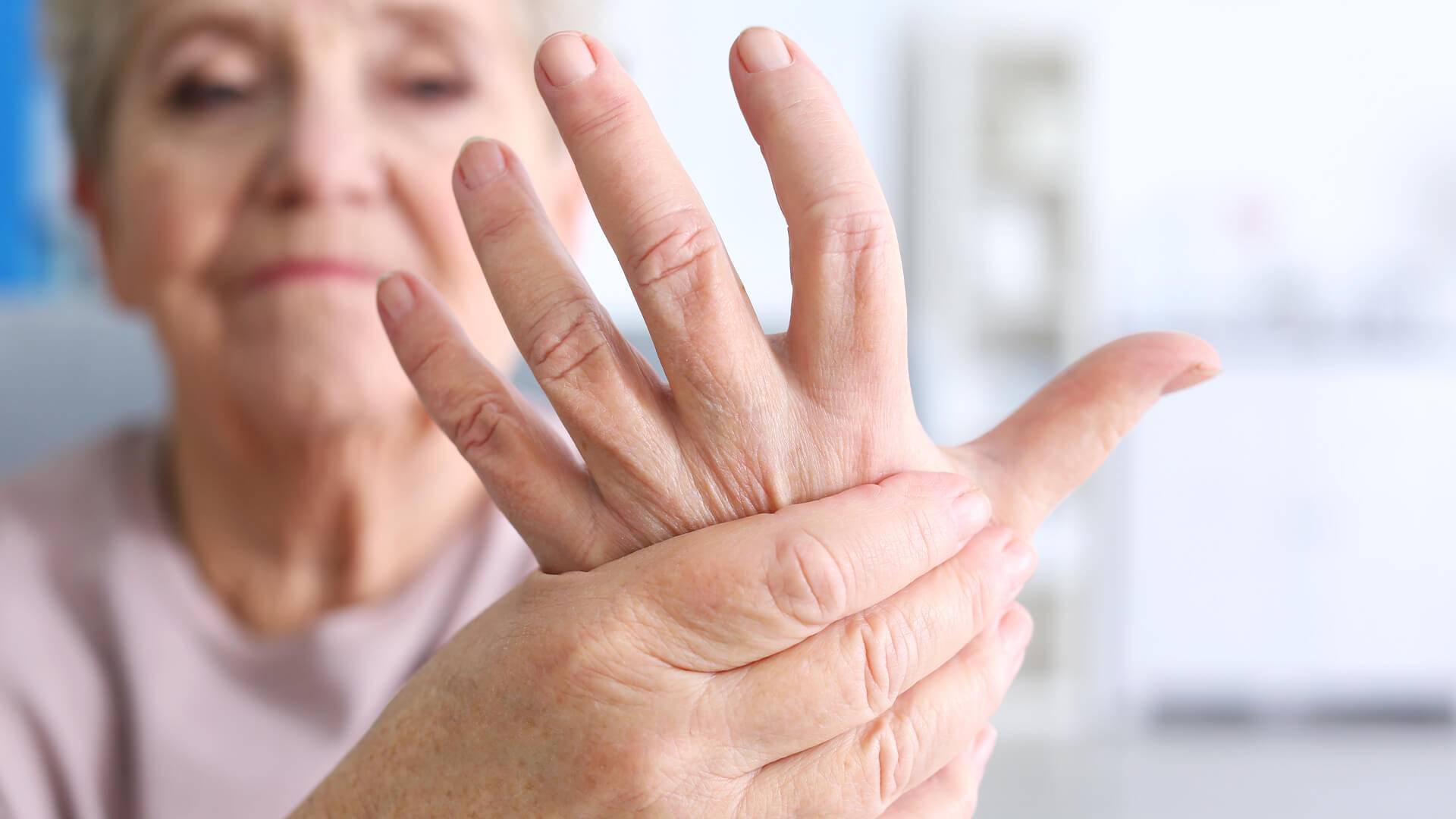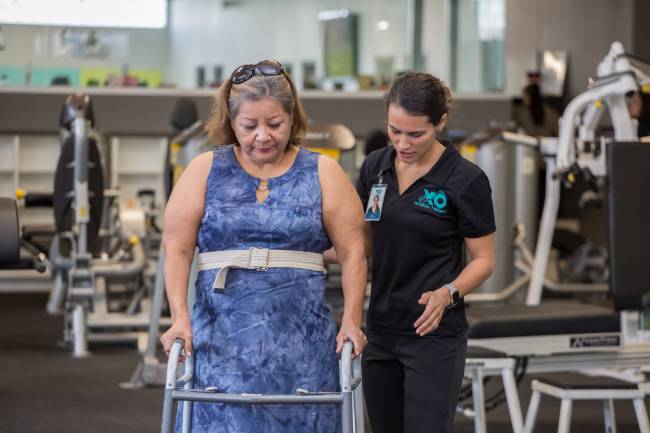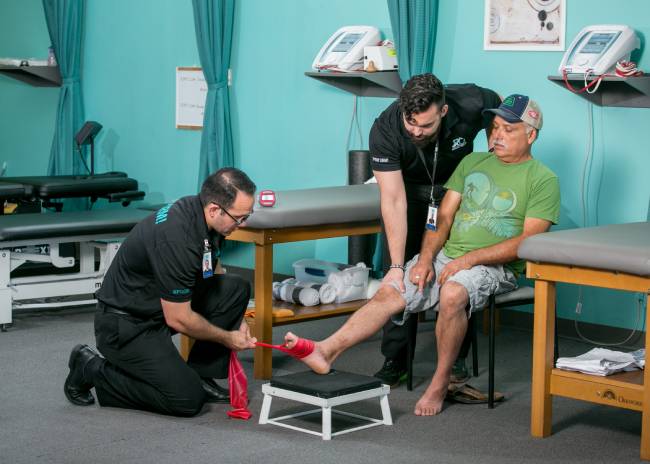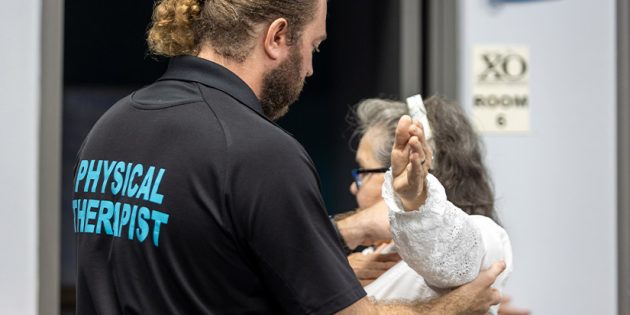Diseases Treated by Physical Therapy

20 Diseases Treated by Physical Therapy
Physical Therapy is a branch of rehabilitative healthcare where trained and licensed medical professionals use specially designed equipment and exercise regimens to treat abnormal physical functions.
Physical therapists (PTs) evaluate the patient’s condition, such as an injury, disease, or disability and provide appropriate treatment. PT is a suitable treatment for a variety of health conditions and helps restore and maintain physical function and mobility.
Licensed physical therapists work in conjunction with other medical teams in rehab centers, hospitals, sports and fitness centers, schools, and offices. The list of diseases treated by physical therapy includes neurological disorders, genetic, or musculoskeletal disorders, as well as sports injuries or even common issues like dizziness.
Why Physical Therapy Is Important
A physical therapist is a medical professional who is knowledgeable about your body’s biomechanics. If there are any deficiencies in the physical movement of your body, they can identify the root cause and work on treating it.
Specific areas get weakened after injury or need strengthening post-surgery. By working with your physical therapist, you can target these areas and relieve stress without causing pain.
Particularly for post-operative therapy, physical therapy is seen as the most-effective solution for stress-free recovery.
Since they possess knowledge about your limitations after a surgical procedure, they can help bring out a successful outcome. With certain exercises on the target areas of weakness, they treat the pain source and help improve your well-being.
What Can You Expect from Physical Therapy

Physical therapists work in tandem with other medical professionals or they can offer it as a standalone treatment.
Usually, in cases where it supports other treatments, your doctor refers you to a physical therapist. In the process of healing, your doctor may suggest physical therapy for preventive, restorative, or pain management procedures.
In other cases, the patients themselves may be aware of their weaknesses, such as stiffness in the neck and shoulder, and seek therapy on their own. People of all ages can improve their health for a long list of diseases treated by physical therapy.
Whichever way you approach a physical therapist, here is what you can expect:
1. Initial Evaluation
First of all, the physical therapist conducts certain tests including the range of motion measurements, evaluation of posture, muscle and joint movement, flexibility, motion, and performance.
2. Diagnosis
Secondly, the PT will provide a clinical diagnosis based on the testing procedures, discuss your short and long- term objectives, and give you a prognosis.
3. Treatment
After they set a plan of care, you receive regular physical therapy treatment, which may go on for weeks or months, based on the medical issue.
4. Self-Management
As a result of the rehab program, the therapist makes recommendations regarding the exercises you can do at home to help speed up the recovery.
Benefits of Physical Therapy
- Physical therapists provide safety exercises that challenge and improve your balance in situations that mimic real-life.
- Physical therapy offers recovery from a sports injury, stroke, trauma, or paralysis, and strengthen the core.
- Persons with chronic medical history or chances of inheriting certain ailments can profit with physical therapy advised by their healthcare provider.
- Pain and age-related medical issues can be managed with physical therapy.
- Manual therapy techniques can reduce the need for surgery and eliminate pain without using medication.
- Stretching and strengthening regularly according to the instructions of your physical therapists improves physical activity and mobility.
List of Diseases Treated by Physical Therapy

Here are the most common medical conditions treated by physical therapists:
1. Lymphedema
Excess fluids gather in the lymphatic system, which then moves around in the bloodstream, causing swelling. Physical therapists use Complete decongestive therapy (CDT) to reduce swelling and prevent future fluid buildup.
2. Sports Injuries
Specific types of sports injuries like stress fractures can be treated with appropriate recovery programs or prevention exercises for a safe and quick recovery.
3. Muscular Dystrophy
Muscles and skeleton degenerate and get progressively weakened owing to age or various disorders. This can be treated with mobility exercises and using supporting frames.
4. Back and Neck Pain
Acute pain that comes on suddenly or chronic back and neck pain that lasts for months or years restrict normal functioning. Physical therapy eases pain and improves mobility.
5. Limited Range of Motion (ROM)
Too much stress due to the overuse of some parts of your body causes swelling or you feel tenderness in those areas. Rage of motion gets impeded, which can be revived with therapy. Likewise, physical therapy will achieve better extension or flexion.
6. Osteoporosis
Thin and brittle, sponge-like bones have lots of holes inside them, causing them to break. Similarly, disabling fractures can be prevented with timely therapy.
7. Vertigo
Dizziness or lightheadedness is a general and frequent complaint of many people, leading to dangerous falls. Since physical therapy improves balance, vertigo can be treated.
8. Headaches
Migraine and tension-type headaches can lead to severe head or neck injury. A proper plan of care can be implemented to increase neck mobility and strengthen the upper back muscles.
9. Carpal Tunnel Syndrome
Sitting at a computer all day leads to repetitive stress injuries. However, wrist injuries and pain can be subdued by changing your posture and performing stretches and exercises.
10. Chronic Fatigue Syndrome
This complex disorder causes debilitating tiredness that cannot be improved with rest. Physical therapists, together with doctors, formulate a treatment plan with endurance training tasks.
11. Respiratory Issues
Chronic bronchitis, as well as other respiratory disorders, can be treated with pulmonary rehabilitation plans by strengthening the lungs with diaphragmatic breathing tasks.
12. Burns
Severe burns and splinting can be treated with physical therapy in collaboration with a medical team to prevent unwanted scar tissue. For example, scar tissue massage will help regenerate healthy soft tissues such as muscles and tendons.
13. Joint Replacement
In a similar manner, post-operative care for surgical removal and replacement of hip or knee joint with an artificial joint (prosthesis) will certainly provide adequate knee relief from pain.
14. Ankle sprain
Twisting your ankle causes the ligaments that support it to get stretched and torn, leading to swollen and painful ankle. Moreover, ankle sprains can heal faster and you regain strength with good home exercises suggested by therapists.
15. Parkinson’s Disease
This neurological and progressive movement disorder causes chronic motor limitations and tremors. Similarly, it can be treated with physical therapy and resistance strength exercises.
16. Foot Fracture
A simple fall can lead to broken bones, closed, open, or compound fractures, as a result, your movement and independence will be affected. Depending on the severity of your pain and the fracture location, treatment will be prescribed.
17. Huntington’s Disease
Both voluntary and involuntary movements get affected by Huntington’s disease. Spasms, slurred speech, and unsteady gait are some of the common symptoms, which can be treated with physical therapy.
18. Knee Ligament Injury
Bands of tissue on either side of the knee, known as ligaments, can be damaged with injuries occurring in contact sports or if hit strongly.
19. Pelvic Floor Dysfunction
Pelvic floor disorders, sexual problems, especially in women, can be treated by correcting the posture and lifting and carrying weights properly.
20. Cancer
Cancer treatment may leave patients in severe pain and disability, which affects their quality of life. Managing the consequences of the type of cancer can be made possible when physical therapists identify and treat impairments.
From sports injuries to Parkinson’s disease, from vertigo to cancer, physical therapy can become crucial in the treatment of several medical conditions. Contact XO Physical Therapy, your trusted physiotherapists and start living life to the fullest!




